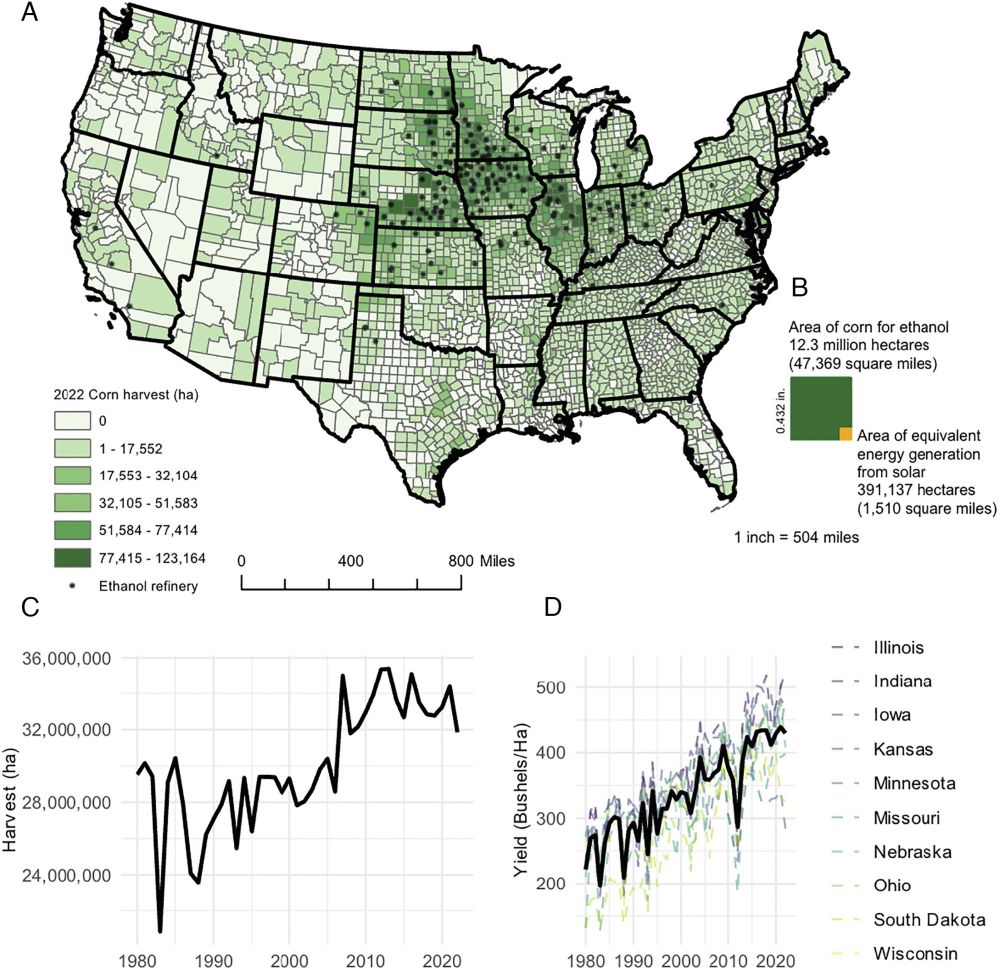 01.08.2025 13:38 — 👍 0 🔁 0 💬 0 📌 0
01.08.2025 13:38 — 👍 0 🔁 0 💬 0 📌 0
Matt Sturchio
@msturch.bsky.social
Plants | Ecosystems | Energy Postdoc at Cornell University - DNRE
@msturch.bsky.social
Plants | Ecosystems | Energy Postdoc at Cornell University - DNRE
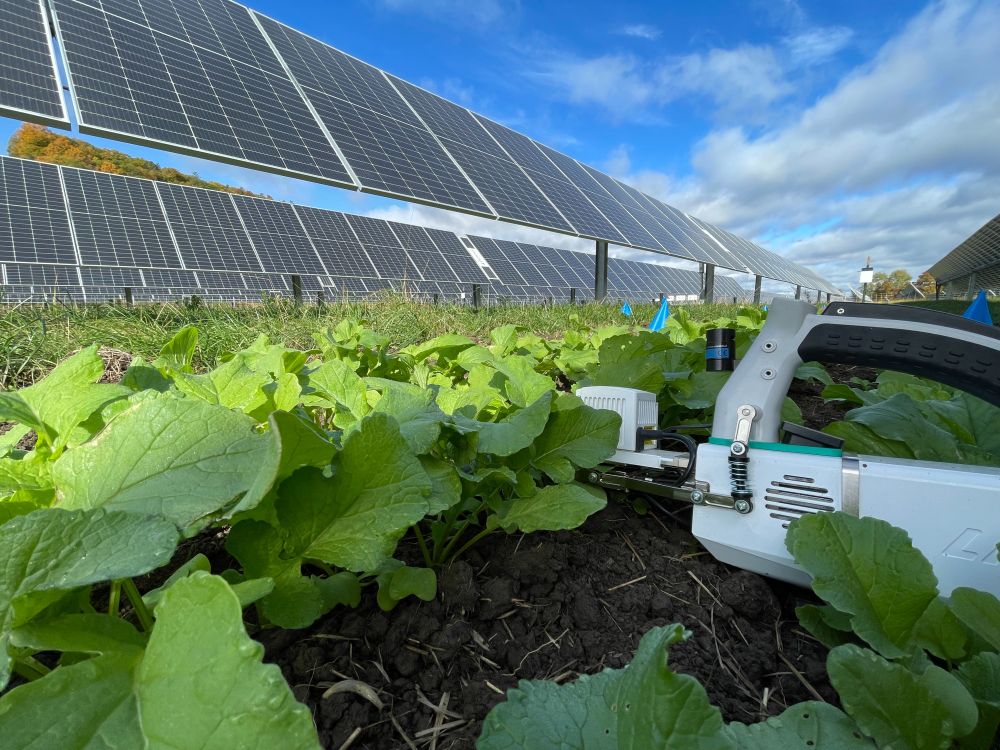
Agrivoltaics in New York! 🧑🌾
Check out our new paper reporting how microclimate ☀️🌧️🌡️ created by solar arrays controls patterns of crop productivity during a fall growing season.
iopscience.iop.org/article/10.1...

Full open-access manuscript shared here:
iopscience.iop.org/article/10.1...
These findings have several implications in a warmer and increasingly water limited world. Primarily, the ability to increase forage production for grazing animals in times of scarcity, thus alleviating some of the economic hardship faced by producers.
29.05.2025 17:32 — 👍 1 🔁 0 💬 1 📌 0Furthermore, we compared grassland productivity across wet, average, and dry years (decreasing water availability) and found an inverse relationship where productivity increased relative to control.
29.05.2025 17:32 — 👍 0 🔁 0 💬 1 📌 0This finding supports our hypothesis that growth benefits from reduced water stress could outweigh potential reductions in growth from solar panel shading. We refer to this as the Aridity Mitigation Potential (AMP) hypothesis.
29.05.2025 17:32 — 👍 0 🔁 0 💬 1 📌 0We found that grassland co-located with solar PV was 20% more productive than control grassland during a dry year.
29.05.2025 17:32 — 👍 0 🔁 0 💬 1 📌 0
Newly published multi-year study! ☀️ ⚡ 🌾
If you're interested in hearing about the benefits of grassland and solar energy co-location, you'll most certainly enjoy this.
🧵
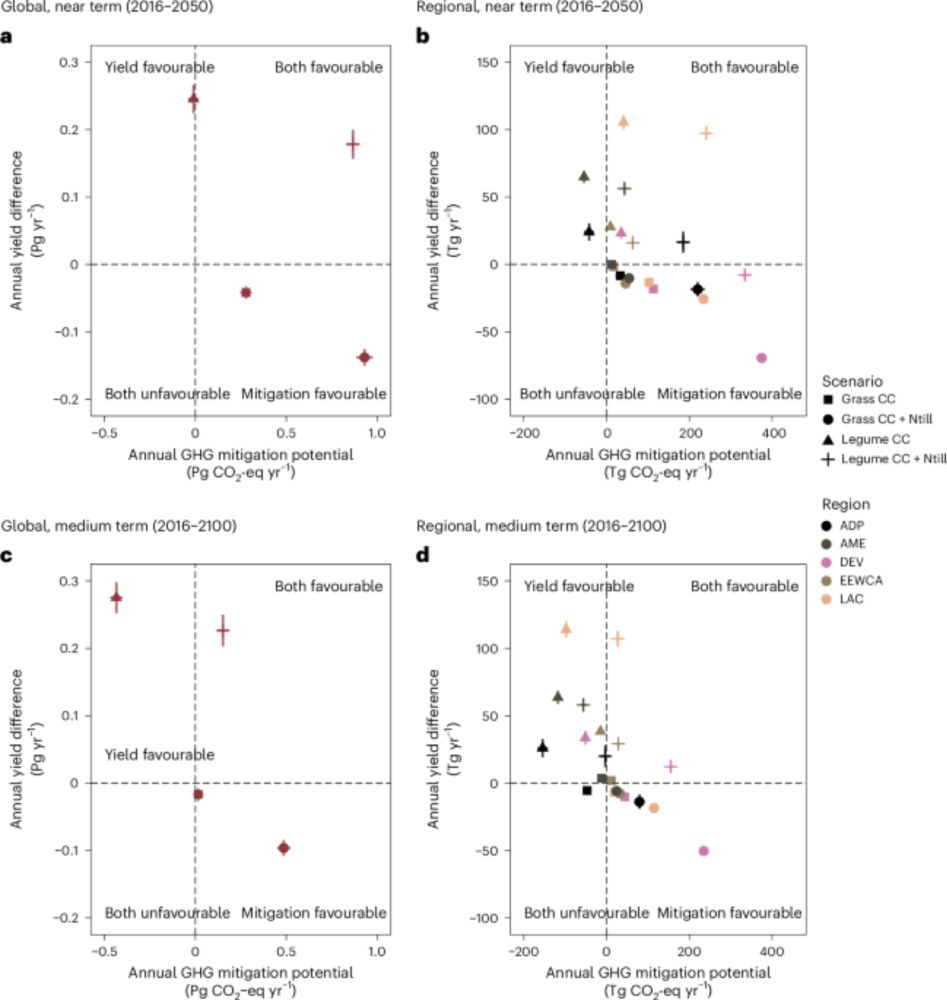
🚨New paper alert🚨
We show that maintaining crop yields lowers the global climate benefits of natural climate solutions on croplands. But, we highlight where win-win opportunities exist for these practices to contribute to climate and production goals. 1/N
www.nature.com/articles/s41...
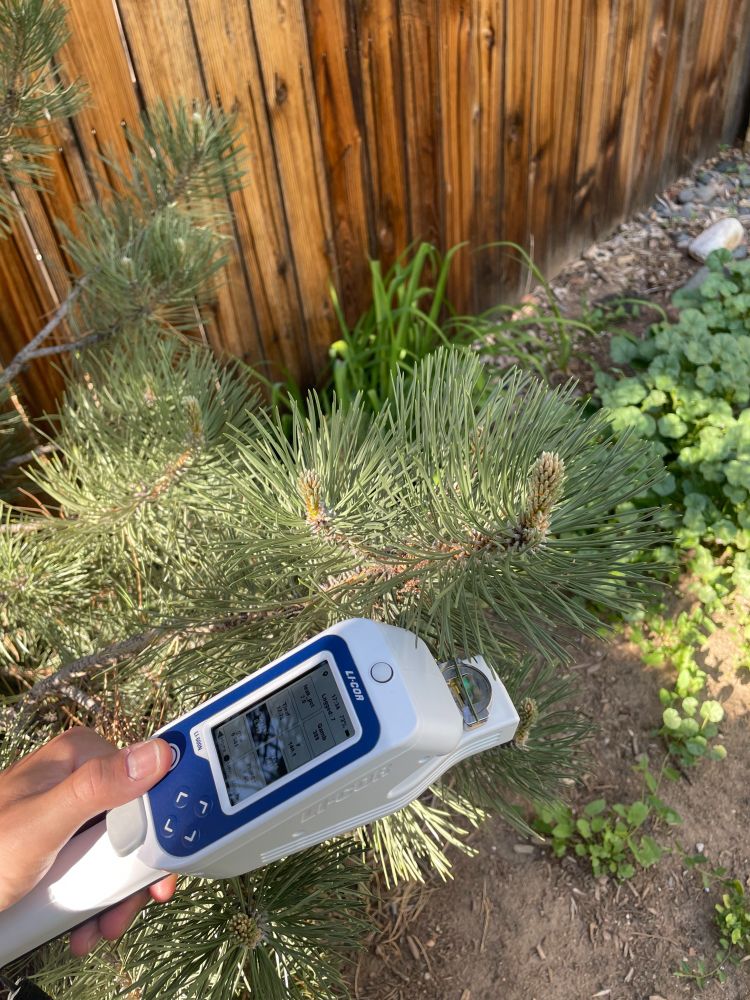
New toy! Couldn't help but run some tests in the backyard... @li-corenv.bsky.social
12.05.2025 23:48 — 👍 4 🔁 1 💬 0 📌 0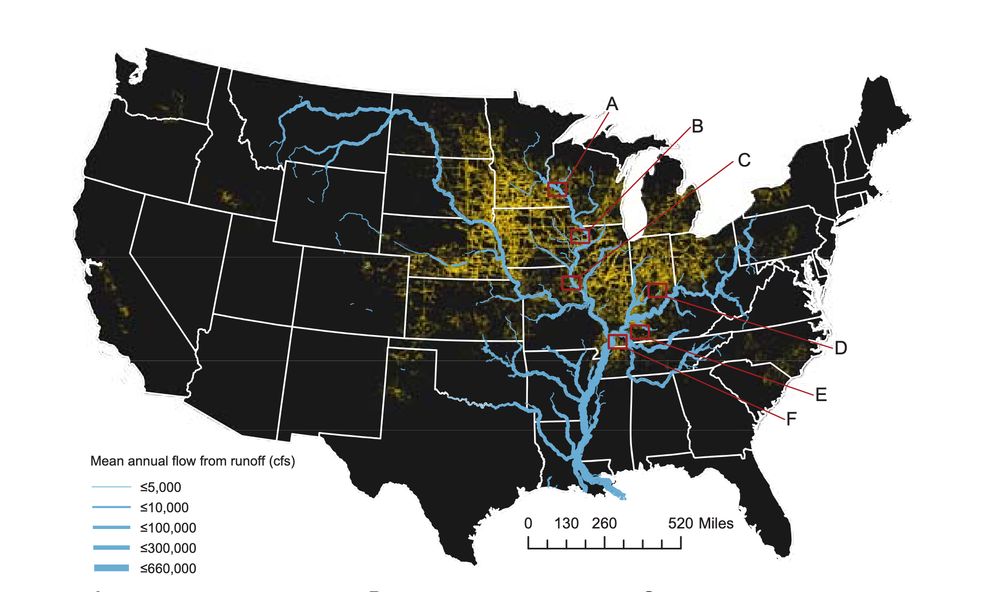
Map of corn ethanol land-cover with high technical potential for solar energy development across the United States (yellow) and runoff in the Mississippi River watershed (blue).
Converting a small fraction of fields producing corn for ethanol in the Mississippi River watershed into solar farms could greatly expand renewable energy production while mitigating pollution of the Mississippi River from fertilizer runoff. In PNAS: www.pnas.org/doi/10.1073/...
29.04.2025 15:34 — 👍 9 🔁 4 💬 1 📌 2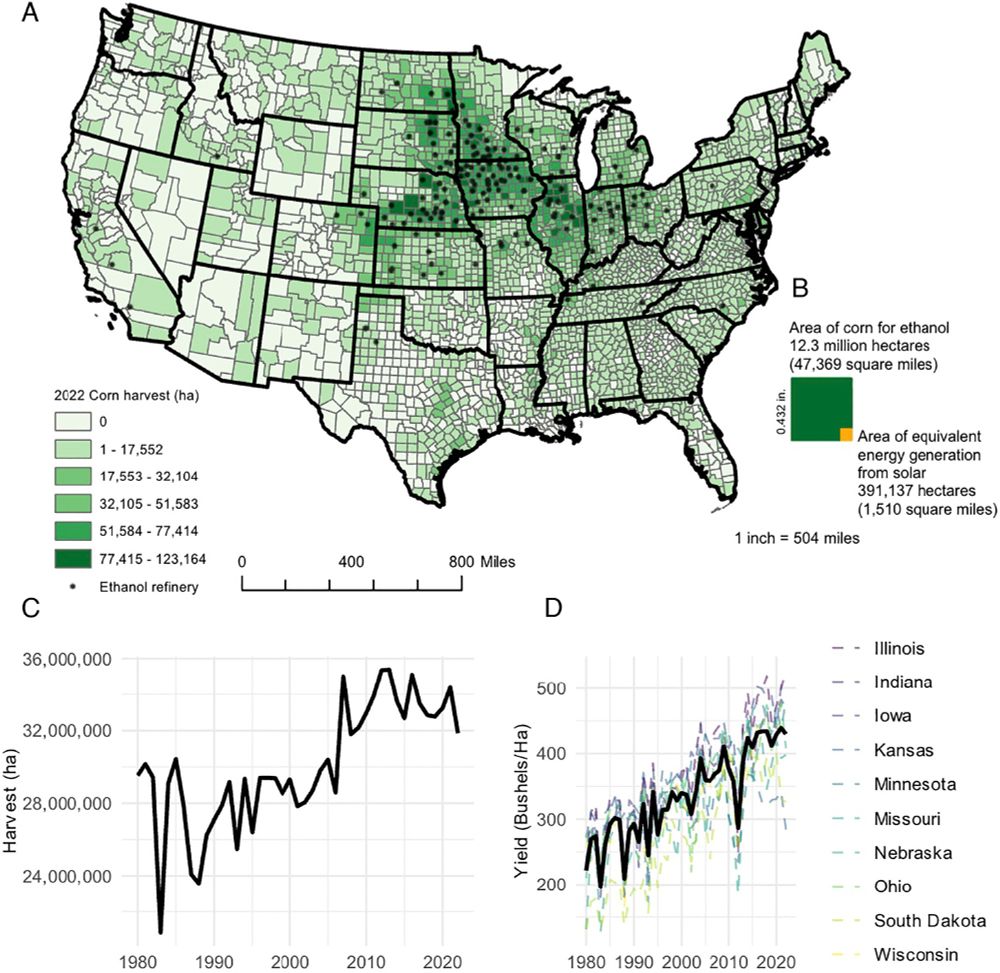
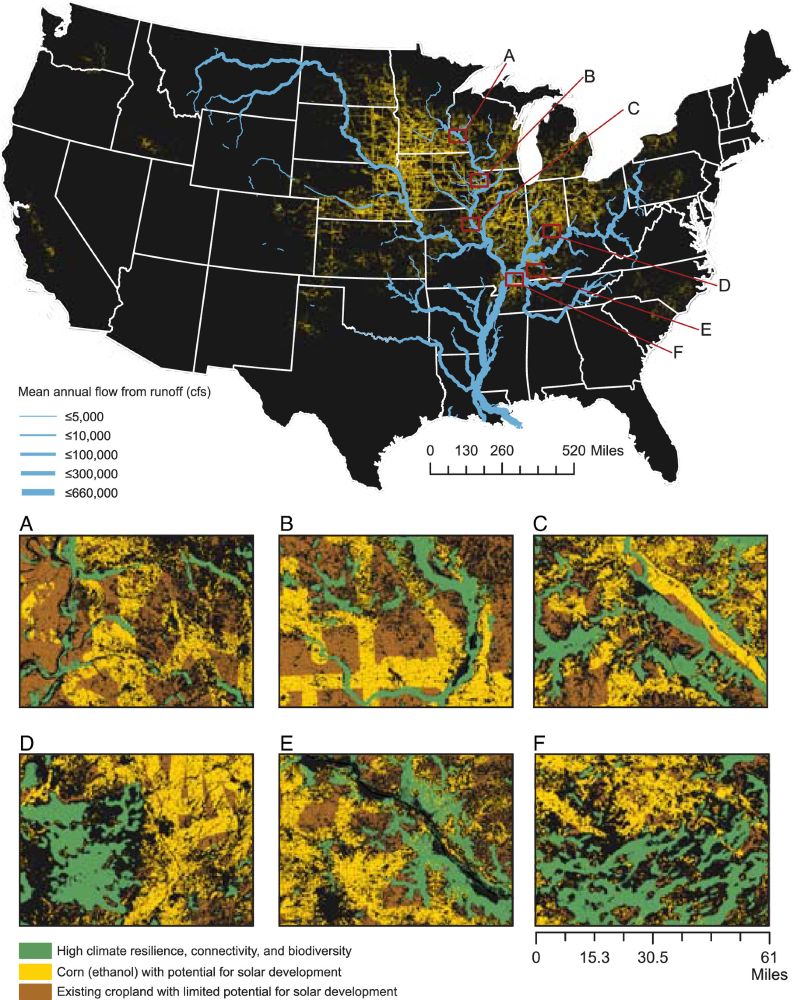
How can we find win-wins for solar siting in agricultural land? Substitute solar for corn headed to ethanol production, especially where runoff from corn fertilizer contaminates waterways: www.pnas.org/doi/full/10....
24.04.2025 16:49 — 👍 9 🔁 4 💬 0 📌 2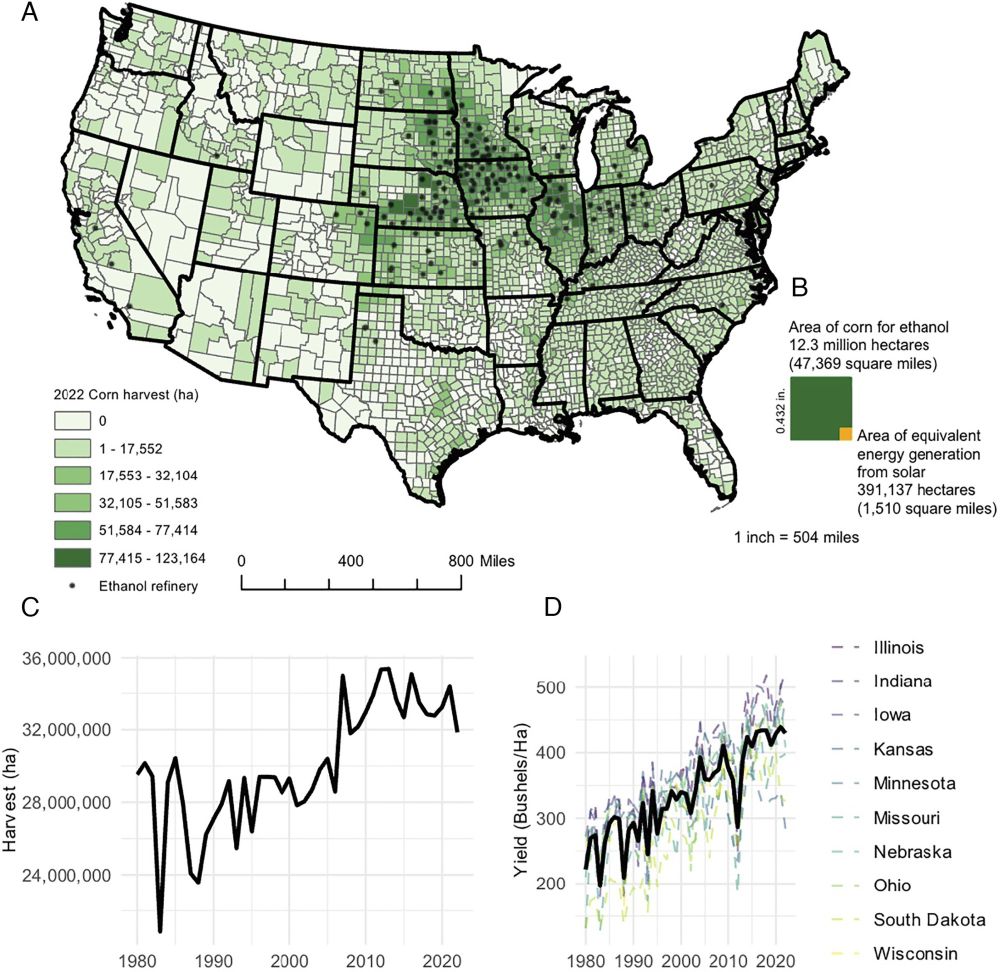
You're probably asking yourself "how could solar energy☀️ significantly reduce the spatial footprint of energy production in croplands 🌽 while providing several ecological benefits?"
We had the same question! Answers can be found in our recent publication ⬇️
www.pnas.org/doi/10.1073/...
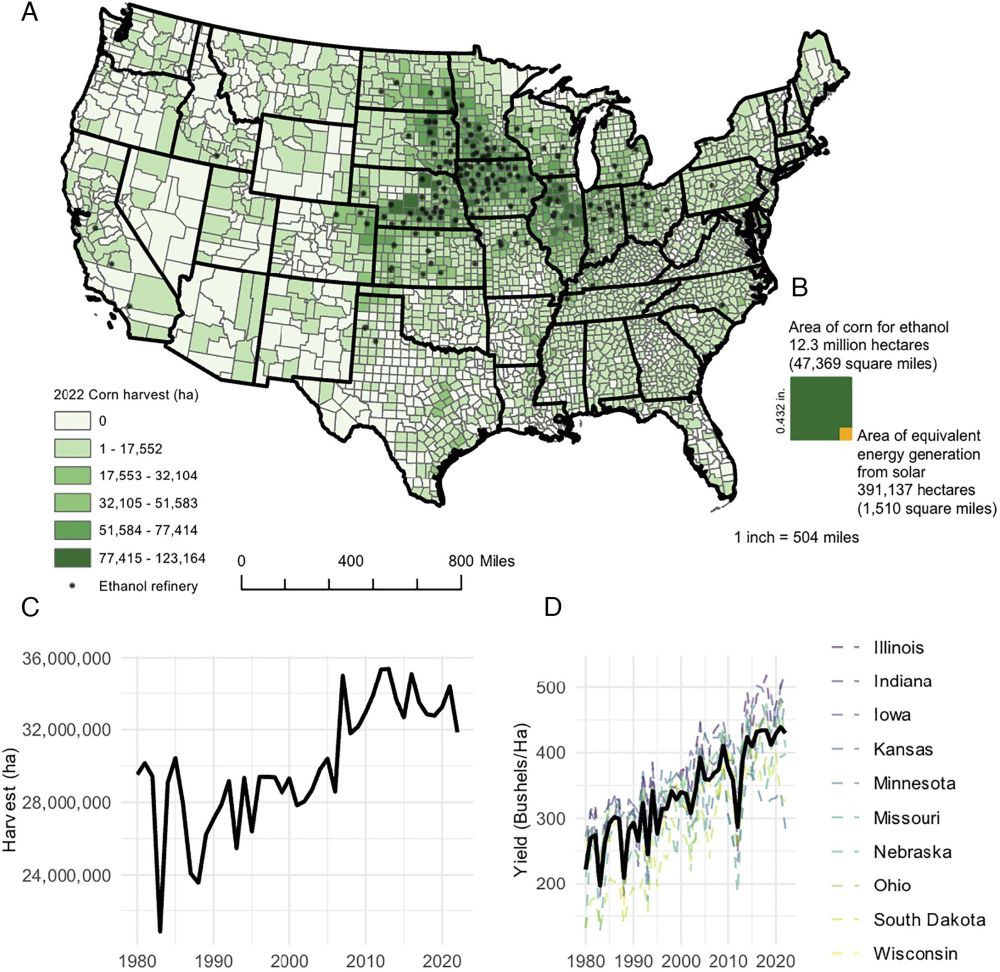
Many people assume replacing farm crops 🌱 with solar ☀️panels is bad. In fact, it's usually good for the environment because a lot of crops are turned into biofuels, and solar is way more efficient than any biofuel 🧪
More evidence on this from @msturch.bsky.social
doi.org/10.1073/pnas...